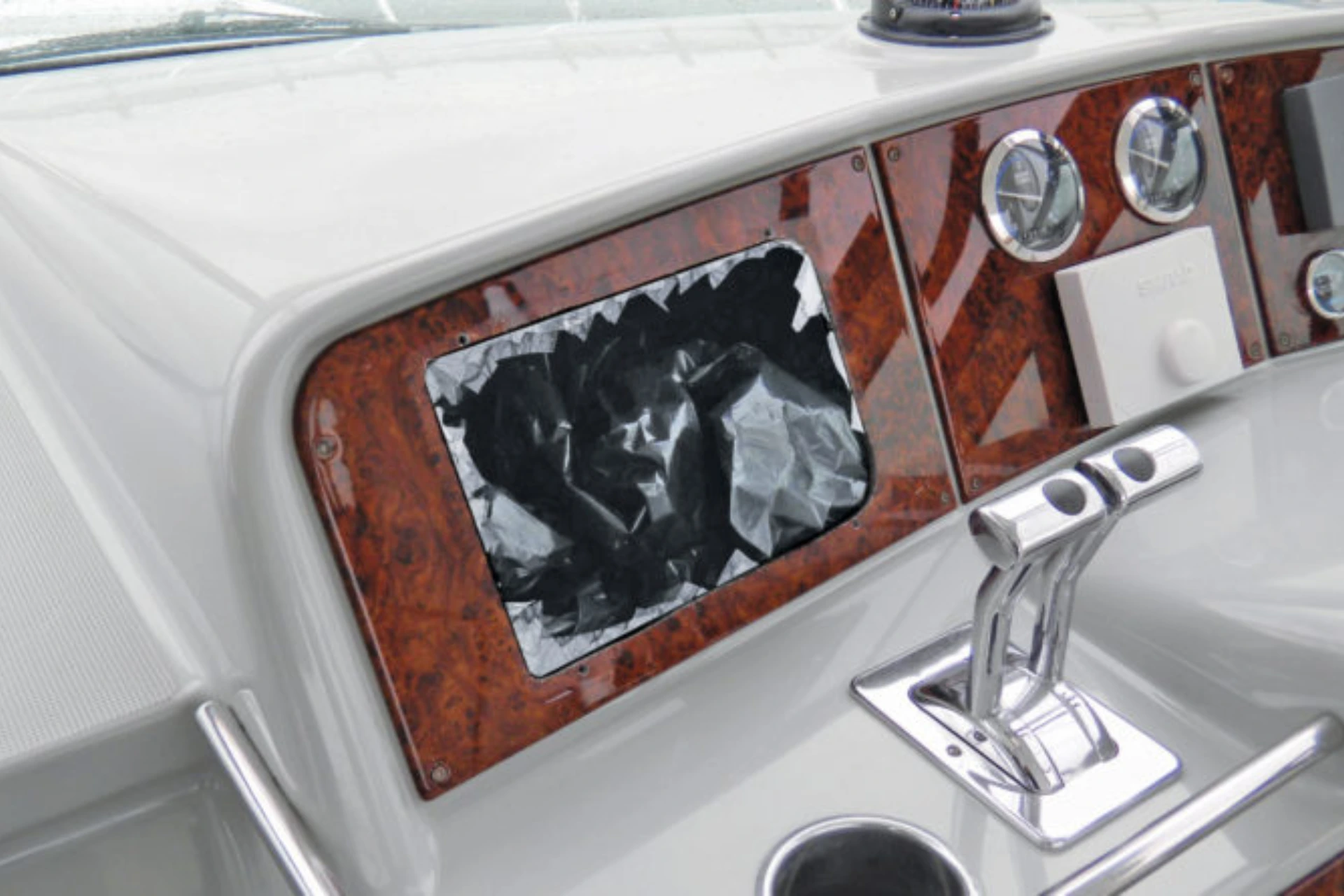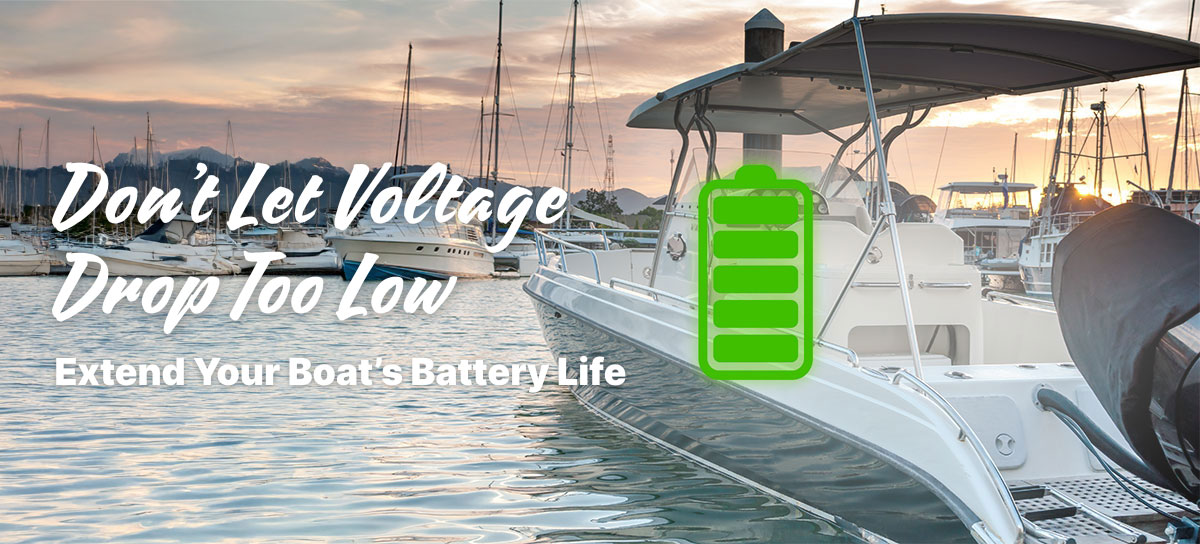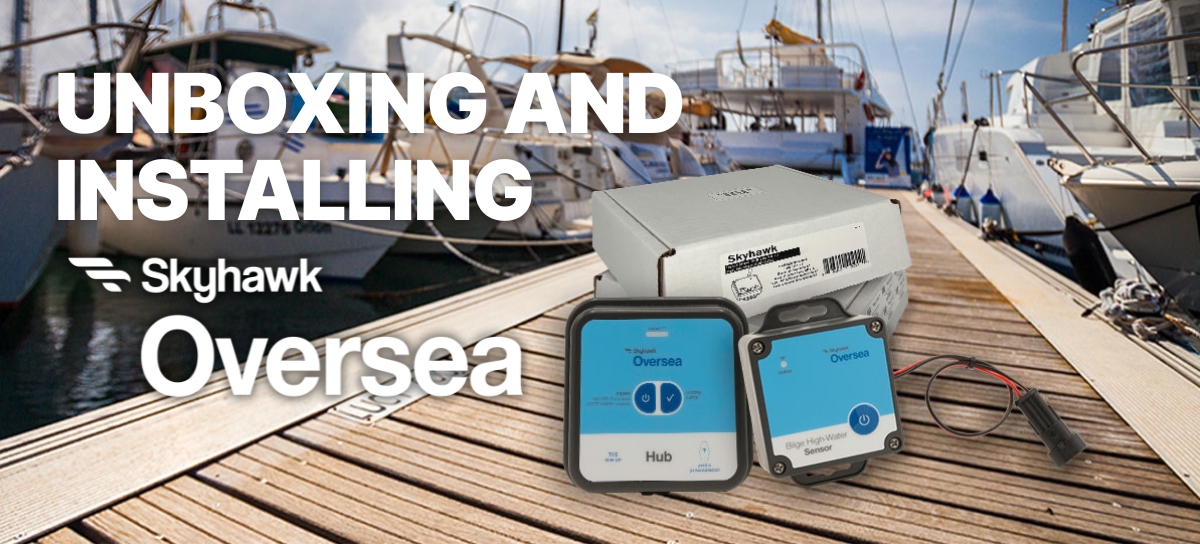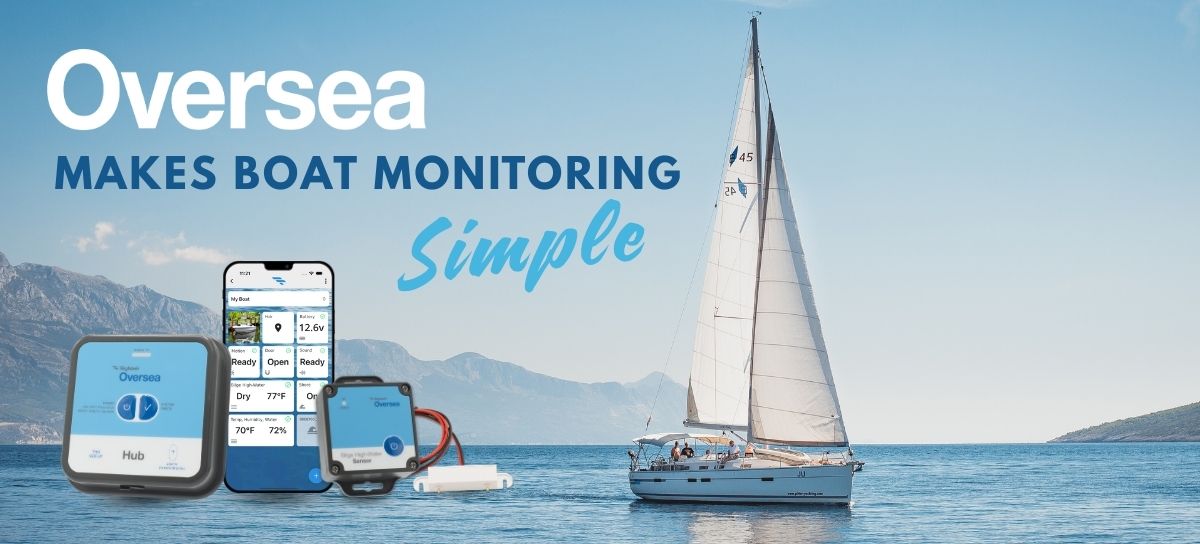
Why Every Boater Should be Concerned about Rising Boat Thefts
There are two types of boaters — those who have had their boat stolen or broken into, and those that will.
While this may seem a little strong, recent statistics and trends are on my side. According to a published report on the U.S. Department of Justice website, the theft of boats and marine equipment results in an estimated loss of $60 million annually. While some boats are stolen to be shipped across borders to be sold or used to smuggle drugs and people (think big go-fast center consoles with thousands of horsepower), these are the exception to the rule.
It’s Your Gear Thieves Want
Most often, boats are targeted for what they have on them. Boats make attractive targets to thieves because of the valuable gear and equipment they contain. Today’s outboard motors can be worth $30,000 a pop, and some boats have four of them bolted to the transom. That’s right, bolted. Multi-Function Devices (MFDs), VHF radios, radar antennas, and other expensive marine electronics are often in plain sight, either mounted into the fiberglass helm (no real obstacle for a thief) or even bracket mounted on top of the helm, held in place by wing nuts and a prayer. Thieves know that most boats are also loaded with gear that can be easily sold on eBay or Craigslist, from fishing tackle and safety gear to anchors, fenders, and dock lines. If they can carry it off the boat, they will.
A common scenario is for thieves to take the boat to a secluded location and strip it of anything of value. The owner will often eventually get the boat back and submit a claim for a total loss. I’ve had several friends who’ve been victims of this, and they all said, “what you get back, you don’t want back.” They also said they wished they had just never seen that boat again, so strong was the sense of violation and loss.
Think Your Boat’s Too Small to Hit? Think Again.
In case you’re feeling some sense of immunity because your boat is not big, expensive, or flashy, consider this: A report by BOAT/US (Boat Owners Association of the United States) cited that 75% of boats stolen are less than 26 feet in length — typically runabouts or cruisers that are outboard powered. According to the National Marine Manufacturers Association (NMMA), 95% of boats on the water are under 26 feet.
Boats stored on trailers are especially high-value targets for crooks. With good reason: they are literally a “movable feast” for somebody looking to make a quick buck. They are often kept on the street, in driveways, or backyards, and come equipped with wheels for easy transport. That same study by BOAT/US showed that nationwide 73% of boats are stolen while on a trailer.
No Location is Truly Safe
Even if your boat is stored in your driveway, front yard or backyard dock doesn’t mean you can’t be a victim. Many boats are stolen or broken into virtually under their owner’s noses. While boats kept in a marina or a storage may have the benefit or a locked gate or security cameras, thieves know these are rich hunting grounds and, as the saying goes, where there’s a will, there’s a way.
If — I mean when — you become a victim, insurance will likely reimburse you for much of the financial loss. But the victims I’ve met say the experience affects more than just their pocketbook. What really hurts is the feeling of violation and the inconvenience of being without a boat over a process that can take months. Even those I know who were able to get their boats back to usable condition say that it just never felt the same.
How to Combat Boat Theft
There are many ways you can decrease your chances of becoming a victim. Most involve common sense ideas like removing and stowing bracket-mounted marine electronics out of site, locking all cabin and locker doors, and installing a full canvas cover to shield everything on your boat from public view. There are various devices available for locking or securing trailer hitch couplers and immobilizing trailer wheels, but motivated thieves will just drag the trailer away with a chain or even remove and replace the wheels.
A new wave of cloud-based boat monitoring technology is providing a new weapon in this battle: the ability to remotely monitor boat location and receive instant alerts on your phone if your boat is moved, somebody hops onboard, or a protected door is opened. A prime example is the new Skyhawk Oversea boat monitoring system, a fully self-powered, wireless system that provides years of operation on standard replaceable batteries. Because it operates independently of the boat’s batteries, it can provide year-round protection and the LTE cellular hub can be mounted and hidden away in any part of the boat.
This technology isn’t prohibitively expensive — less than a tank of fuel at most fuel docks, in fact. A Skyhawk Oversea system starts at $299 ($249 during the pre-launch period) and provides position tracking and movement alerts, with a range of optional wireless sensors for additional protection.
Technology like this shows great promise as an added layer of protection for boaters across the nation.










